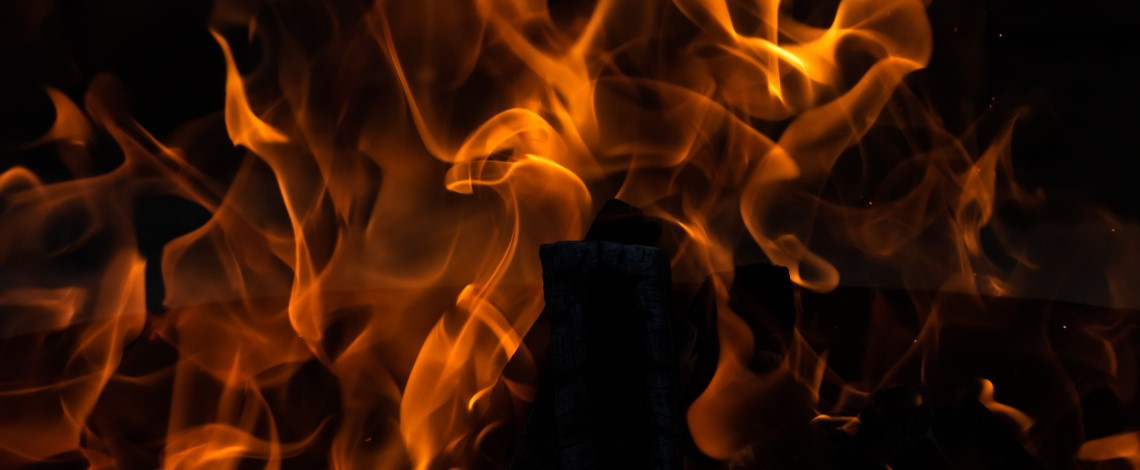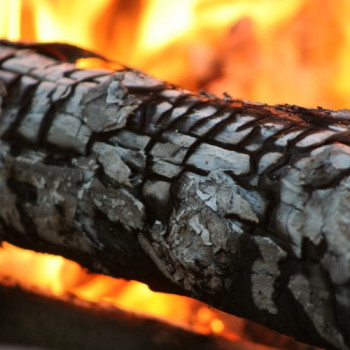THE ART OF CHARRING: HOW OAK BARREL CHARRING IMPACTS WHISKY FLAVOR

Charring is a process that is synonymous with bourbon whisky, and it involves burning the inside of oak barrels to impart unique flavor to the spirit.
During charring, a flame is used to heat the interior of the barrel until the oak ignites, and then is extinguished with water. This results in a layer of char on the surface of the barrel, with the intense heat creating an underlying layer of toasted oak, deeper into the stave.
Different degrees of charring are applied using a scale of one to four, with each number indicating a different level of char.
A number 1 char has the shortest ignition time, around five seconds, and creates a layer of char about 2mm thick, which resembles burned toast. Number 2, 3, and 4 takes longer charring times as well as creating progressively thicker char layers, with 4 char requiring around a minute and having a char layer up to 4mm thick. This type of char is also called 'Alligator char' because it resembles a hide of a certain reptile.
Distilleries often stipulate their preferred char level, which is usually a number 3 or 4, but there isn't a uniform charring regime, and the process varies between cooperage.
The underlying layer of toasted oak extends around 2mm into the stave, and its total thickness is around 25mm. This toasted layer is caramelized, which "activates" flavor compounds in the oak that are otherwise "inactive." The most characteristic of these compounds is vanillin, which contributes vanilla notes and variations such as creme caramel and creme brulee to the maturing whiskey. The intensity and range of flavors activated in the toasted layer are determined by the charring level, with a number 1 char producing mellow honey and vanilla notes, a number 3 char delivering vanilla, coconut, and cinnamon, and a number 4 char producing the most intense vanilla, toffee, and butterscotch flavors.
As the spirit passes through the char, it reaches the toasted layer, where it comes into contact with flavor compounds. These compounds dissolve into the spirit, which subsequently carries them into the bulk of the spirit within the barrel, imparting their unique flavors and aromas. The duration of the aging process and the conditions of the storage environment also affect the flavor of the whiskey.

Charring is an essential part of the process of making Bourbon whiskey, imparting unique flavors and aromas to the spirit. The level of charring and the thickness of the char layer and toasted oak affect the intensity and range of flavors activated in the toasted layer. The char and toasted layer each play a different role in modifying the flavor profile of the whiskey, with the char absorbing certain compounds present in the spirit and the toasted layer imparting unique flavors and aromas. Understanding the role of charring in the whiskey-making process is crucial to appreciate it.



Source: The Whisky Dictionary: an A-Z of Whisky, from history & heritage to-distilling & drinking





















